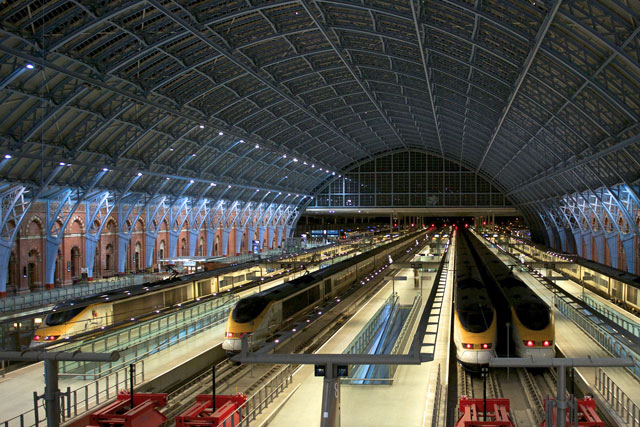
Augmented reality, sensor data and a 5G network will be used to monitor performance and streamline maintenance at St Pancras International railway station.
The University of Sheffield Advanced Manufacturing Research Centre (AMRC) is working with HS1 Ltd to create a system which will monitor real-time performance of station equipment, to allow swift detection and repair of faults in the station’s lifts, escalators and travelators, as well as signalling equipment along the high-speed line. Sensors will relay faults back to maintenance teams via the private 5G network, helping engineers make more informed decisions and allowing maintenance engineers to be swiftly dispatched to repair the faults.
The project is funded by Innovate UK, in partnership with Pauley Group, Network Rail (High Speed), Athonet UK Limited and the AMRC.
Its aim is to allow the flow of data and information between on-site and remote maintenance teams, helping HS1 Ltd develop its knowledge and understanding of new maintenance methods. This will improve training and skills and increase efficiency and performance.
The new technology is expected to reduce the impact of disruption to the railway caused by Covid-19, and if widely adopted could improve productivity and cut costs at more than 3,000 UK railway stations and the wider network.
University of Sheffield AMRC head of digital Professor Rab Scott said: “The layering of AR, sensor data and a private 5G network to create a complete solution like this is extremely advanced. It will be the first example of rail infrastructure with this level of technology.”
HS1 chief executive Dyan Crowther said: “The system will not only create a more reliable rail network but will allow our expert teams to maintain social distancing guidelines when responding to jobs.”
HS1 Ltd has a 30-year concession to maintain and operate High Speed 1, the high-speed rail line between London and the Channel Tunnel, as well as the stations along the route.

